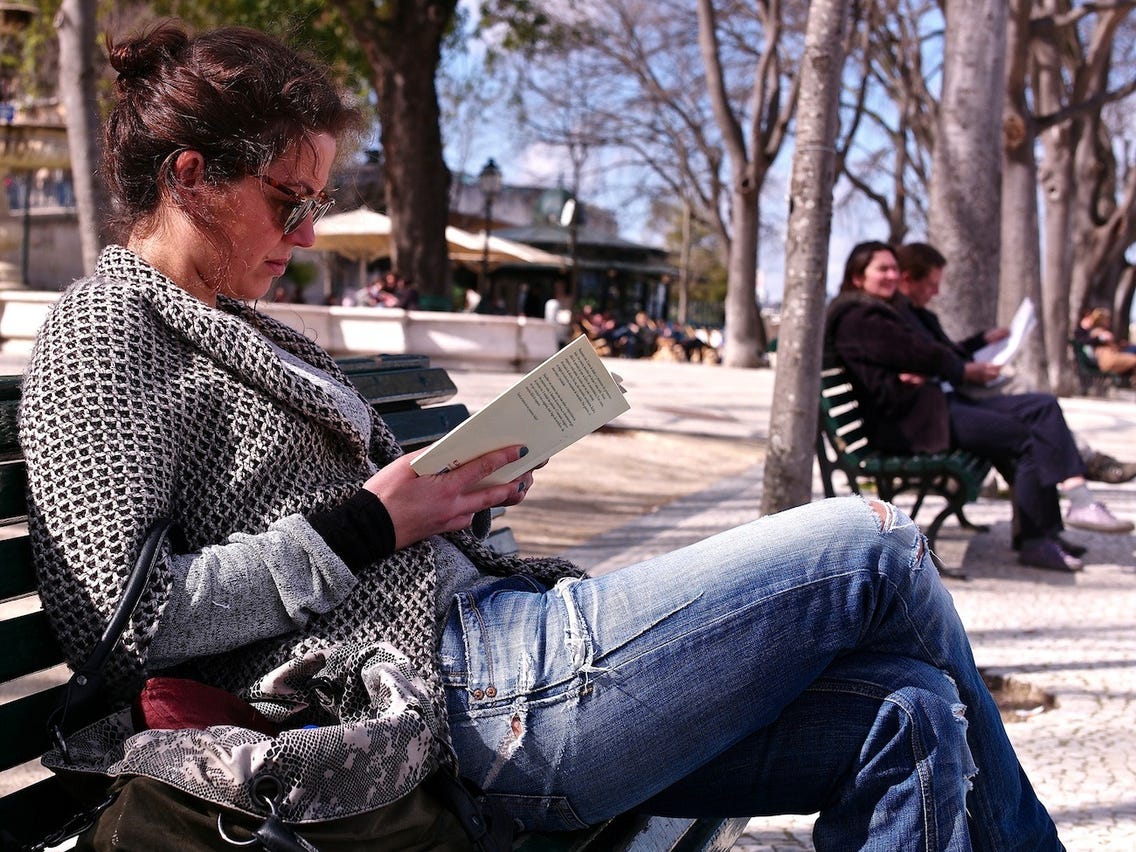Discover How Literacy Transformed the United States

Teachers, if you want to improve the reading skills of your children, you can peek at this product at Student Treasures. It is a bookmaker with a self-publishing tool.
They can write their stories or chapters. Then, as a class, you can transform their work into a book. You can distribute them and let them read their stories and those of others at certain times.
Reading, after all, is one of the essential skills every person needs to learn. To better understand this, you need to take a step back and remember history.
How Reading Helped Free the Slaves
In America, reading helped end the slave trade. A long time ago, many slave owners, especially those in the South, prohibited them from learning how to read and write.The fear was so intense these states created laws that punished both the slave and the teacher. It meant fines and whipping.
Most owners didn’t want their slaves to learn because it meant freedom. These blacks and mulattoes would know their rights and become harder to control. They would find a way to flee from their masters. They could establish against a revolution and destroy the system that held them in bondage.
Some abolitionists, however, such as Frederick Douglass, eventually learned to read. He then used his newfound knowledge to become one of the most active orators and writers against oppression or social injustice.
Literacy and Women’s Suffrage
Another historical event in the United States is women’s suffrage. It refers to the time when, finally, the ladies could vote.As early as the 1700s, the United States already had a voting system. George Washington became the first president through this route.
Around this time, though, only a few could do so. These were propertied white males who were Protestants and were over 21 years old.Women were part of the minority groups whose voice didn’t count. One of the plausible reasons leaned on pseudoscience. Mental exertion could affect their reproductive health, making them infertile.
Women, therefore, hardly go to school, let alone cast their ballots. This all changed when a few women, along with Douglass, wanted to expand their rights from economic to political.
These women were all learned in their ways. Elizabeth Cady Stanton, for instance, received a formal education. Lucy Stone was both an abolitionist and orator like Douglass.Armed with their knowledge, they helped women achieved such rights in 1920.
The Impact of Suffrage on Literacy
Literacy played a significant role in achieving women’s suffrage, but it too contributed to education.In one of the U.S. studies, the researchers from different universities discovered that education spending went up by 9% because of it. It then coincided with the increase in school enrollment.
On average, students stayed at least a year in education. The effects of suffrage were also more significant in many cities in the South or places where the African American population is high.
To teach children how to read-and understand what they’re reading-is not only preparing them for jobs. It’s making them more capable of helping build a nation even when they’re still young.